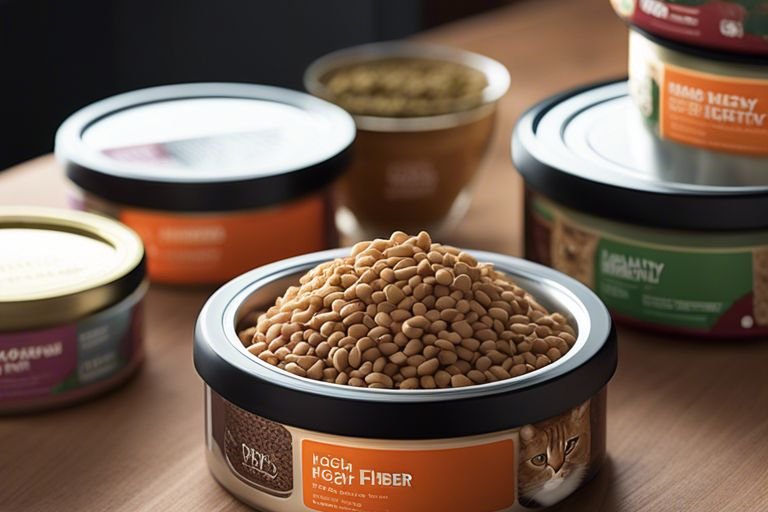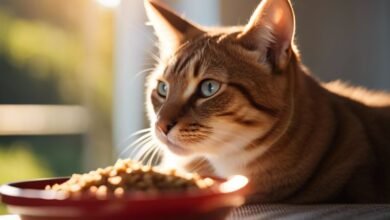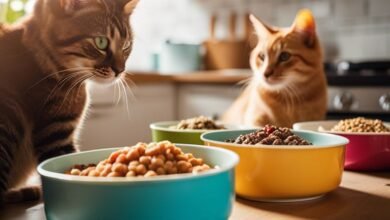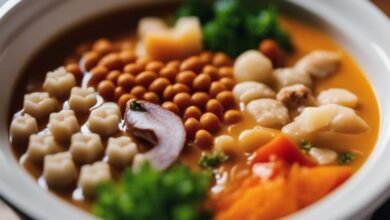7 Signs Your Cat Needs A High Fiber Diet
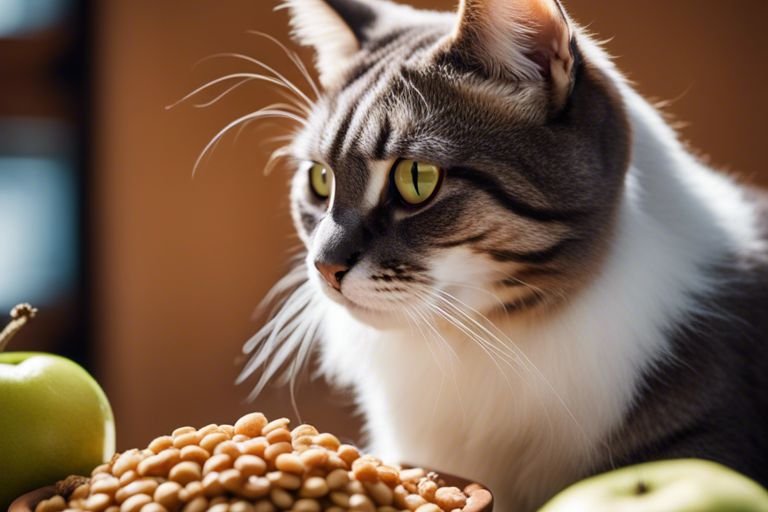
High fiber cat food offers numerous benefits for your feline companion, such as promoting healthy digestion, reducing hairballs, aiding in weight management, and preventing certain health issues. Including high fiber food in your cat’s diet can help them lead a longer and more vibrant life. Let’s examine deeper into the advantages of feeding your cat high fiber food and why it should be a crucial part of their daily meals.
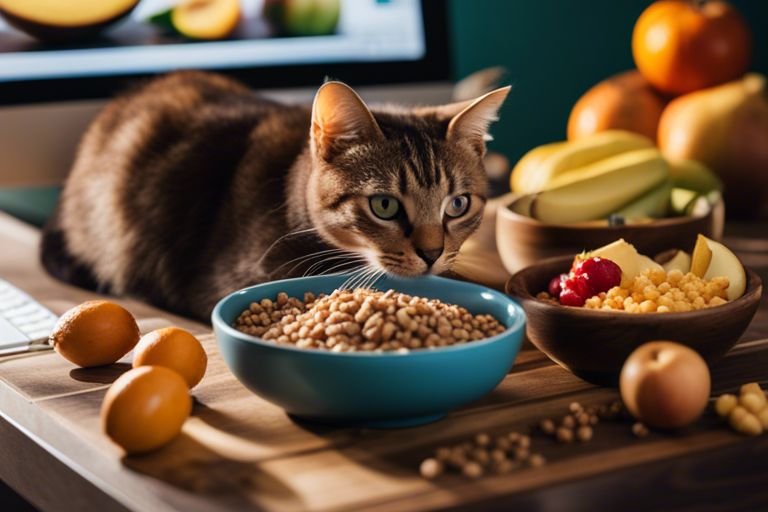
Identifying the Signs
Frequent Hairballs
While occasional hairballs are normal for cats, frequent hairballs can indicate a need for a high fiber diet. The build-up of hair in the digestive system can lead to blockages and discomfort for your feline friend.
Constipation and Irregular Bowel Movements
The presence of constipation or irregular bowel movements in your cat can be a sign that their diet may need more fiber. Cats should have consistent and healthy bowel movements to maintain their digestive health.
With constipation, cats may strain to defecate or have difficulty passing stool. This can be uncomfortable for them and may indicate a need for more fiber in their diet. Adding fiber-rich foods can help regulate their bowel movements and promote overall digestive health.
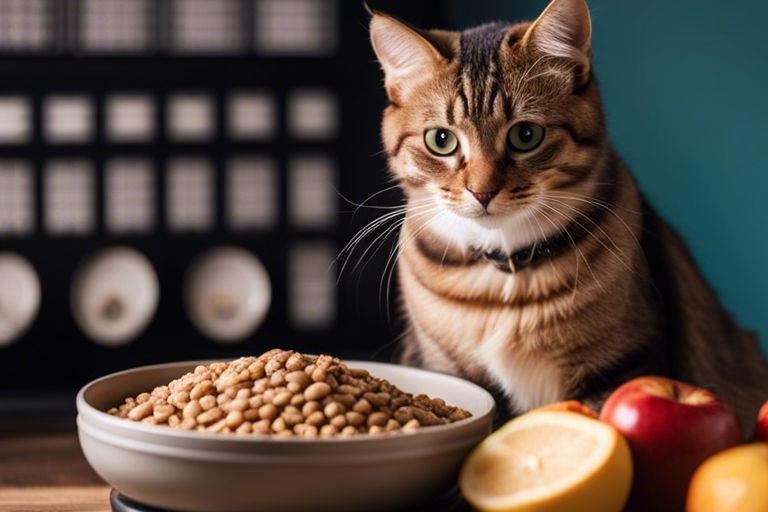
Digestive Health Considerations
If you’re wondering whether your cat needs dietary fiber in their diet, it’s vital to consider their digestive health. Cats are obligate carnivores, meaning their digestive systems are designed to process animal protein efficiently. However, some experts suggest that a small amount of dietary fiber may be beneficial for cats. To probe deeper into this topic, check out Feline Nutrition – Answers: Do Cats Need Dietary Fiber?
Weight Management
Any cat owner looking to manage their pet’s weight should consider the benefits of a high fiber diet. Fiber can help cats feel fuller for longer without adding extra calories to their meals. This may aid in weight management by reducing overeating and promoting a healthy metabolism.
Diarrhea and Loose Stools
Considerations for cats experiencing diarrhea and loose stools should include their dietary fiber intake. Increasing fiber content in their diet can help regulate bowel movements and improve fecal consistency. However, it’s crucial to consult with a veterinarian before making any significant dietary changes to address gastrointestinal issues.
Additional Health Indicators
Poor Coat Quality
On observing your cat’s coat, you may notice a dull, dry, or unkempt appearance. This could be a sign that your cat is not getting enough nutrients, including fiber, in their diet. A high fiber diet can help promote a healthy and shiny coat by supporting proper digestion and nutrient absorption.
Low Energy Levels and Lethargy
On noticing your cat being unusually tired, sluggish, and lacking in energy, it may be an indication that their diet is not providing them with the necessary nutrients to sustain an active lifestyle. Cats on a high fiber diet tend to have more balanced energy levels and are more likely to engage in play and exercise, keeping them healthy and happy.
Quality nutrition plays a crucial role in maintaining your cat’s overall health and well-being. By keeping an eye out for these additional health indicators, such as poor coat quality and low energy levels, you can better assess if your cat may benefit from a high fiber diet to support their optimal health.
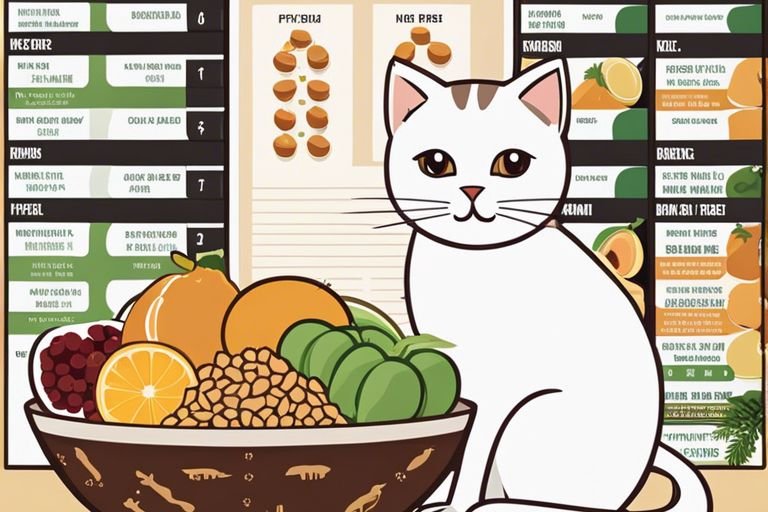
Implementing a High Fiber Diet
Choosing the Right High Fiber Foods
To effectively implement a high fiber diet for your cat, it is important to choose the right high fiber foods. Any cat food labeled as “high fiber” should contain at least 3-5% fiber content. Look for ingredients such as brown rice, oats, fruits, and vegetables which are rich in fiber and easily digestible for your feline companion.
Transitioning to a Fiber-Enriched Diet
High fiber diets should be introduced gradually to prevent any digestive upset. Start by mixing a small amount of the new fiber-rich cat food with their current food, gradually increasing the ratio over 7-10 days. High fiber diets work best when accompanied by adequate water intake, so ensure your cat has access to fresh water at all times.
The transition to a fiber-enriched diet may take some time for your cat to adjust, but be patient and persistent. Monitor your cat’s stool consistency and behavior during the transition period to ensure they are adapting well to the new diet.
Final Considerations
Monitoring Your Cat's Health
Many pet owners find it beneficial to monitor their cat’s health closely when transitioning to a high fiber diet. An increase in fiber can lead to changes in bowel movements, so it’s important to observe your cat for any signs of diarrhea, constipation, or discomfort. Keeping track of your cat’s weight, energy levels, and overall well-being will help you determine if the new diet is working effectively.
When to Consult a Veterinarian
An imperative aspect of caring for your cat’s health is knowing when to consult a veterinarian. The signs that your cat may need medical attention include persistent digestive issues, vomiting, lethargy, or unexplained weight loss. If you notice any concerning symptoms, it’s crucial to seek professional advice promptly to address any underlying health issues and ensure your cat receives the appropriate care.
Another way to determine if your cat needs a high fiber diet is to consult with your veterinarian. They can provide guidance on the best diet for your cat’s specific needs and help monitor their health during the transition period. Veterinarians can also conduct tests to assess your cat’s digestive health and recommend dietary adjustments accordingly.
FAQ
Q: What are the signs that my cat needs a high fiber diet?
A: Some signs that indicate your cat may need a high fiber diet include constipation, hairballs, obesity, diabetes, and anal gland issues.
Q: What are the signs that my cat needs a high fiber diet?
A: A high fiber diet can help with digestion, weight management, hairball control, blood sugar regulation, and overall gut health in cats.
Q: What are the signs that my cat needs a high fiber diet?
A: Good sources of fiber for cats include pumpkin, psyllium husk, oat bran, and certain types of commercial cat foods formulated for digestive health.
Q: What are the signs that my cat needs a high fiber diet?
A: If your cat experiences irregular bowel movements, struggles with hairballs, or has weight management issues, it could be a sign that their diet is lacking in fiber.
Q: What are the signs that my cat needs a high fiber diet?
A: Yes, you can add fiber to your cat’s diet by incorporating small amounts of canned pumpkin, psyllium husk, or oat bran into their current food. However, it’s important to consult with your veterinarian before making any changes to your cat’s diet.
